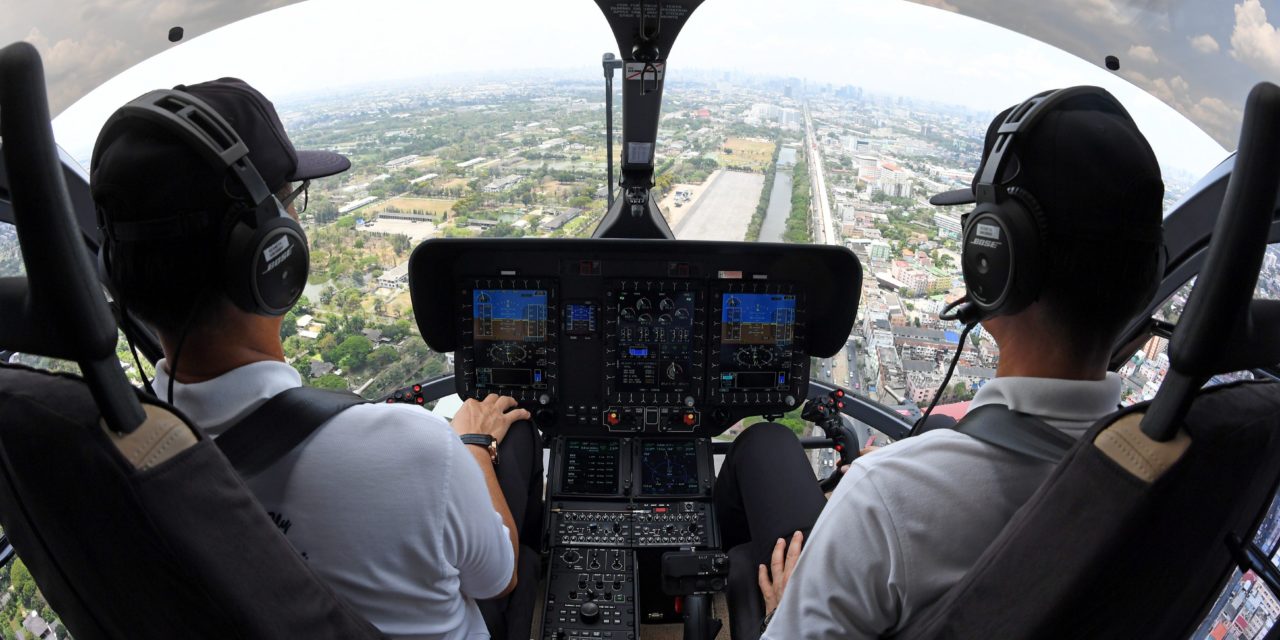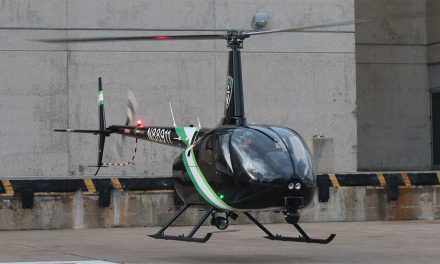By Mario Pierobon
The oil and gas industry has historically played a leading role in the advent of helicopter flight data
monitoring (HFDM). Nowadays the majority of operators flying in support of oil and gas have an
active HFDM programme.
“Helicopters have a lot of critical-failure parts and the offshore environment in particular is very
harsh. The offshore industry has embraced flight data monitoring (FDM) far more readily than the
onshore industry”, says Vince Kerr, Vice President and General Manager of Flight Data Services,
L3Harris Technologies.
Today, differently from the fixed wing world, it is still not mandatory to run an FDM programme in
many sectors of the helicopter industry. “In the UK, other than for offshore operations, FDM is still a
recommendation for helicopters with a take-off weight in excess of 7,000 kg or having a passenger
seating configuration of more than 9 and fitted with a flight data recorder”, says Kerr.
The lead of the oil and gas industry
According to Maxime Perrot, Senior Global FDM Analyst at NHV Group, HFDM is not running to its
fullest potential as there is no common view on HFDM from a regulatory standpoint. “For example,
EASA helicopter offshore operations (HOFO) rules are not fully aligned with UK CAA/CAP739
requirements. Some working groups have tried to harmonise rules but each group has its own view”,
he says. “As an operator we want to capitalise on flight data to improve flight safety by monitoring
precursors of some potential area of risks for our operations or by monitoring drifts from limitations
of the helicopter flight manual or of our standard procedures manuals. Flight data also offers info
about reliability and some technical issues. In this way it is useful also for the maintenance planners
as well”.
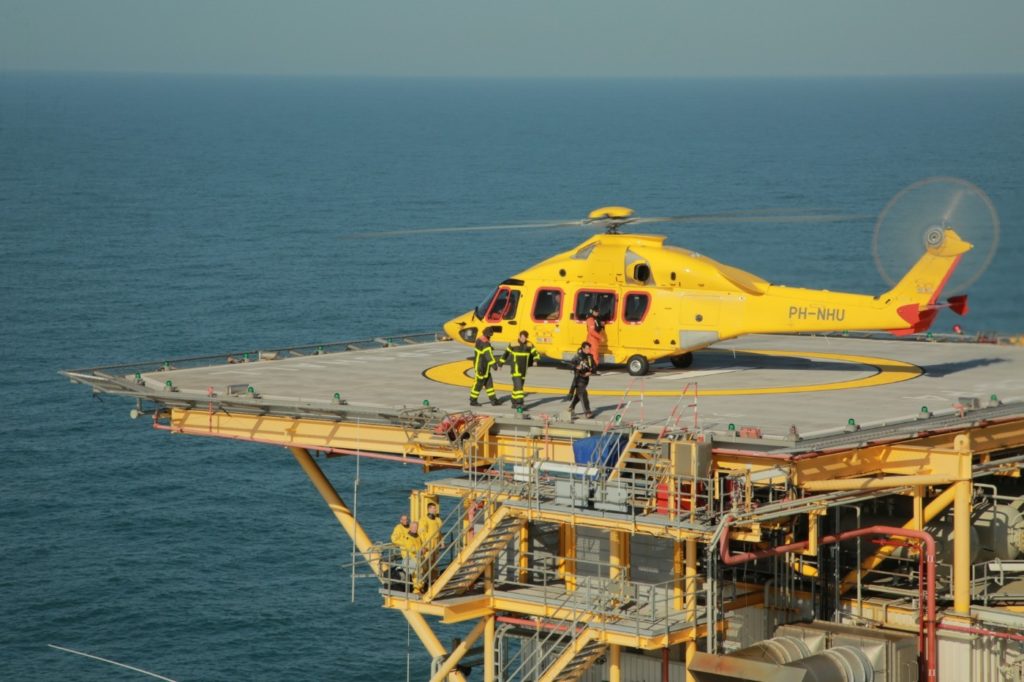
Many of the international oil and gas operators have full-time staff to analyse the FDM data. “In
other segments such as US helicopter emergency medical services (HEMS) FDM hardware is now a
requirement; however, analysing the data is not a requirement. The bridge between FDM hardware
and analysis must be connected for there to be mass FDM adoption”, says Brian Tucker, Manager,
Connected Fleets, Bell. “In 2019, Bell conducted a survey asking operators why they do not have an
FDM or flight operations quality assurance (FOQA) programme. The top three reasons for the lack of
adoption were: (1) No requirement, (2) Lack of qualified talent and/or staffing constraints, (3)
aircraft recording equipment is not installed on the aircraft”.
While the HEMS mandate in Federal Aviation Regulations (FAR) Part 135 operations now require
flight data recording equipment, there is not corresponding requirement to analyse the data. “Bell’s
research shows that cost is an inhibitor to mass FDM adoption, especially considering most small
operators do not have the right talent or enough talent even analyse the data”, says Tucker. “The
biggest trend is that we have not enabled enough people – especially in light aircraft (i.e., FAR Part
27) – to participate. Equipment and services are too expensive. Until we have low-cost solutions, we
will miss most of the operators”.
Advantages and benefits of HFDM
According to Matt Greaves, Safety Intelligence Project Manager at HeliOffshore, with the advent of
technology such as lightweight flight data recorders, built-in cameras, flight following hardware,
ADS-B and tablet-based applications, the situation is nevertheless starting to change as pilots and
operators are able to review their flights. “HFDM can bring a number of benefits including insight
into ‘normal’ operations and the ability to identify operational trends; the validation of the training
programmes and verification that company SOPs are being followed; accurate identification of risk
and evidence-based decision making,” he says.
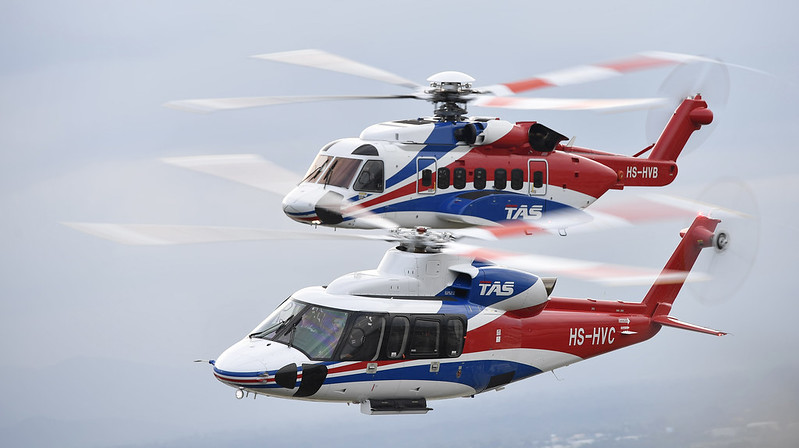
Sikorsky supports operators in their HFDM programmes. “For example, we incorporated into the
Sikorsky Ground Based Application (SGBA) the ability to download helicopter usage monitoring
systems (HUMS) data so that a majority of the FDM software applications can read it. Long ago we
also created a core set of HFDM events that operators can use”, says Eric Schnaible, Sikorsky
Communications Manager.
“As the hardware onboard improves, HFDM is starting to become more focussed on the same kind
of operational things as aeroplanes – e.g., adherence to SOPs and flight envelopes and pilot
responses. Organisations such as HeliOffshore are leading the way for Best Practice”, says Kerr.
When it was introduced, there was a potential to view HFDM as ‘the spy in the cab’ with the focus
on pilot behaviour. “However, as ‘just culture’ has become more embedded trust has grown in how
operators use the information, and pilots have seen benefits such as useful feedback to crew
members and informing training programmes, the ability to vindicate themselves when allegations
of mishandling (e.g. low flying over residential areas) are raised, insights into aircraft and aircrew
performance such as (e.g. human factors) and highlighting of common issues experienced by other
pilots, e.g. unfavourable ATC clearances in certain locations”, says Greaves.
There are other potential benefits for helicopter operators to derive from FDM implementation.
“Providing data helps in the prevention of incidents and accidents. Fewer flight accidents not only
reduce material losses and insurance costs, but also keep passengers’ confidence high”, says Kerr.
“FDM may lead to improved fuel consumption as it provides the ability to identify and adjust
company operating procedures or specific aircraft with unusually high fuel burn rates”.
FDM may also lead to a reduction in unnecessary maintenance and repairs. “FDM data can be used
to help reduce the need for unscheduled maintenance, resulting in lower maintenance costs and
increased aircraft availability”, says Kerr. “Moreover, FDM may improve adherence to noise
restrictions. Flight data monitoring helps the operators demonstrate adherence to noise restrictions
in terms of being able to verify or deny actual infringement and avoid incurring fines”.
Lessons learned
Individual offshore operators rely on their HFDM programmes to give insight into their own
operation on a daily basis. “However, it is important to note that the true power of HFDM (and the
bulk of the work) lies not in spotting huge, one-off deviations but rather in seeing gradual shifts and
trends as they emerge and correcting them quickly”, says Greaves. “Some operators have systems
that are responsive enough to identify, say, small variations in pilot handling emerging and then
incorporate those back into their training programmes within a few days”.
“In the helicopter Industry, FDM generally reveals (in the worst case) that even though limitations
are known by all crews and even though a company is using the just culture to assess Safety Issues,
there can still be undetected dangerous behaviours of crews that were not reported before”, says
Perrot.

“Secondly, there is the phenomenon of ‘habitudes’ which is revealed by a progressive increase of the number of Events at Low Severity Class, then Medium Severity Class and then some
Highest Severity Classes are triggered”.
Specific mitigating measures may be implemented within an individual helicopter operator or even
the whole helicopter community as a result of FDM. “After a certain period of monitoring with a
proper event set, some results can highlight that an operator’s procedures are either not applicable
in certain ways or may be altered or improved in order to improve flight safety, e.g. because some
steps of checklists were missing”, says Perrot.
HFDM has helped to highlight areas on which to focus such as the offshore approach phase.
“Different Operators have different criteria for ‘stabilised approaches’ but all agree that controlling
this phase of flight is critical. This led, for example, to HeliOffshore producing its Approach Path
Management Guidelines to share good practice within the global community and to iteratively
review based on in-service experience”, says Greaves.
Individual offshore operators rely on their HFDM programmes to give insight into their own
operation on a daily basis. “However, it is important to note that the true power of HFDM (and the
bulk of the work) lies not in spotting huge, one-off deviations but rather in seeing gradual shifts and
trends as they emerge and correcting them quickly”, says Greaves. “Some operators have systems
that are responsive enough to identify, say, small variations in pilot handling emerging and then
incorporate those back into their training programmes within a few days”.
“In the helicopter Industry, FDM generally reveals (in the worst case) that even though limitations
are known by all crews and even though a company is using the just culture to assess Safety Issues,
there can still be undetected dangerous behaviours of crews that were not reported before”, says
Perrot. “Secondly, there is the phenomenon of ‘habitudes’ which is revealed by a progressive increase of the number of Events at Low Severity Class, then Medium Severity Class and then some
Highest Severity Classes are triggered”.
Specific mitigating measures may be implemented within an individual helicopter operator or even
the whole helicopter community as a result of FDM. “After a certain period of monitoring with a
proper event set, some results can highlight that an operator’s procedures are either not applicable
in certain ways or may be altered or improved in order to improve flight safety, e.g. because some
steps of checklists were missing”, says Perrot.
HFDM has helped to highlight areas on which to focus such as the offshore approach phase.
“Different Operators have different criteria for ‘stabilised approaches’ but all agree that controlling
this phase of flight is critical. This led, for example, to HeliOffshore producing its Approach Path
Management Guidelines to share good practice within the global community and to iteratively
review based on in-service experience”, says Greaves.
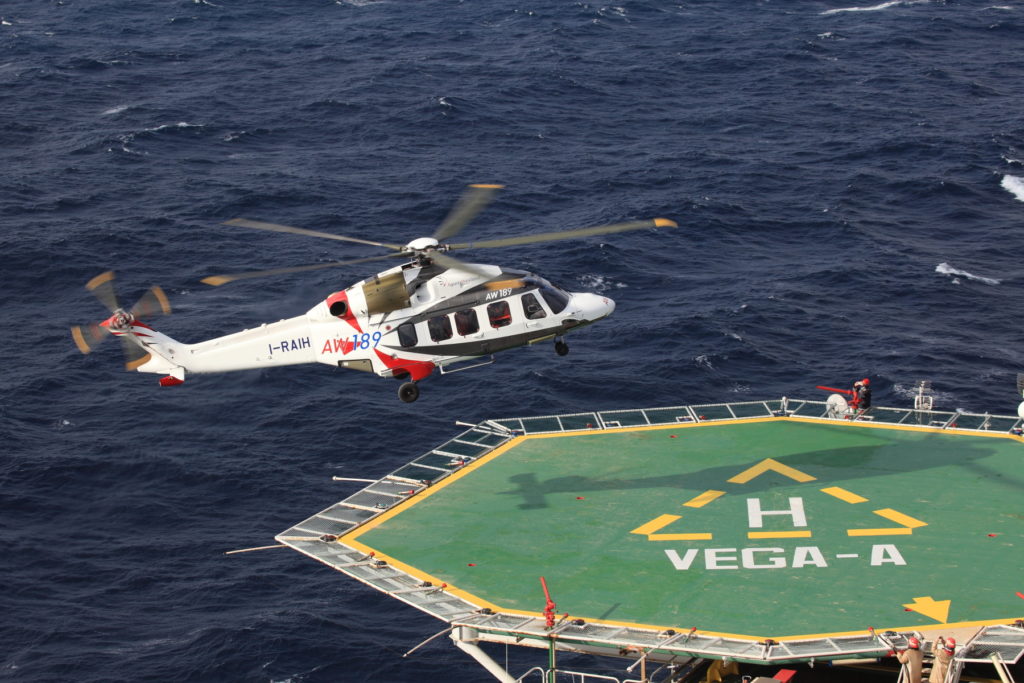
Industry collaboration
There are opportunities for individual operators to pool flight data as well as several forms of
industry collaboration. “There are some occasions to share some data and some information, for
example during EASA safety summits or the UK CAA FDM Forum. There are some collaborations like
the FDM Working group of HeliOffshore, the IHST group, the Global HFDM Steering Group and
others. However, all these contribution groups are not active at the same time and may also not be
fully aligned on all aspects of FDM”, says Perrot.
Data sharing represents the next stage of evolution in HFDM by offering comparative analysis
between operators to assure them of their operations against their peers. “The FAA is working to
build a programme called ‘Rotorcraft Aviation Safety Information Analysis and Sharing Program’ (R-
ASIAS). This programme, while still in its infancy, will be the catalyst to improved pooling of data and
collaboration”, says Tucker.
HeliOffshore has an active HFDM Working Group where operators can come together to share
experience and flight data to allow themselves to benchmark against other operators anonymously
and securely. “It also allows smaller operators to benefit from a larger ‘virtual’ fleet without needing
direct experience of an issue or trend”, says Greaves. “Different offshore operators fly in different
ways according to their individual circumstances – e.g., location, weather, aircraft type etc. The aim
is not to make all operators fly the same way but to share good practice, reduce variance by
highlighting where there are differences and so they are aware of, and comfortable with, those
differences”.

